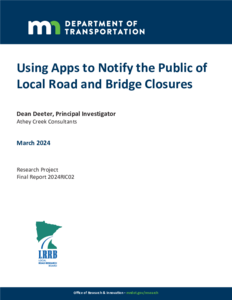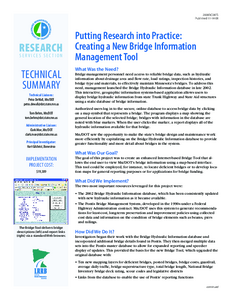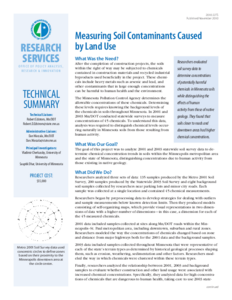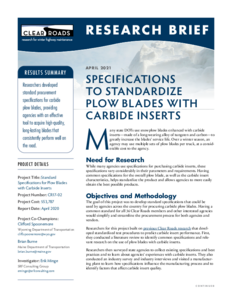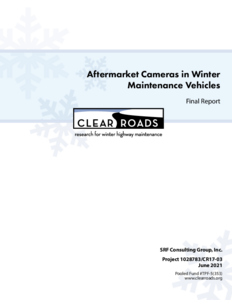Displaying results 121 - 130 of 2990
Appendices to Evaluating the Effectiveness of the Minnesota Speed Management Program
Date Created
2007-05
Report Number
2007-21A
Description
Innovative Approaches to Intersections
Date Created
2008-01
Report Number
P2008-01
Description
Standard Specifications for Plow Blades with Carbide Inserts
Creator
Date Created
2020-04
Report Number
CR17-02
Description
Revisions to the Appendices of Specifications to Standardize Plow Blades with Carbide Inserts
Creator
Date Created
2021
Report Number
CR17-02A
Description

